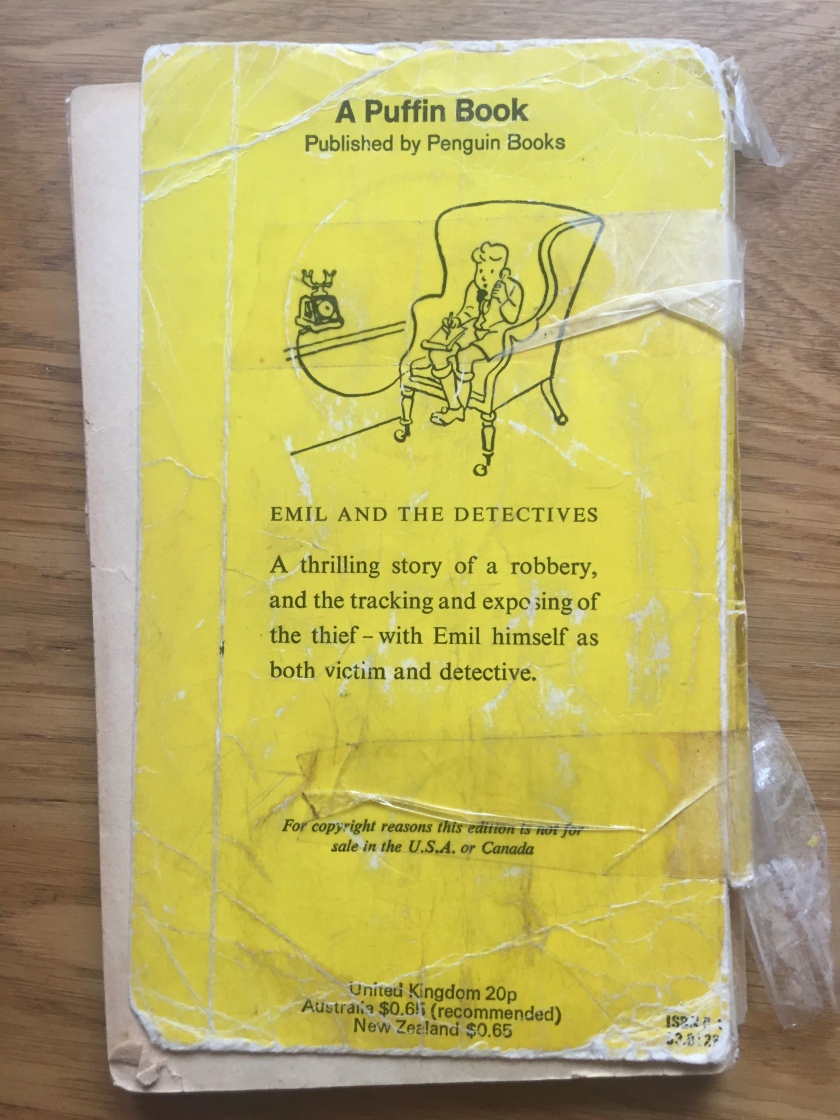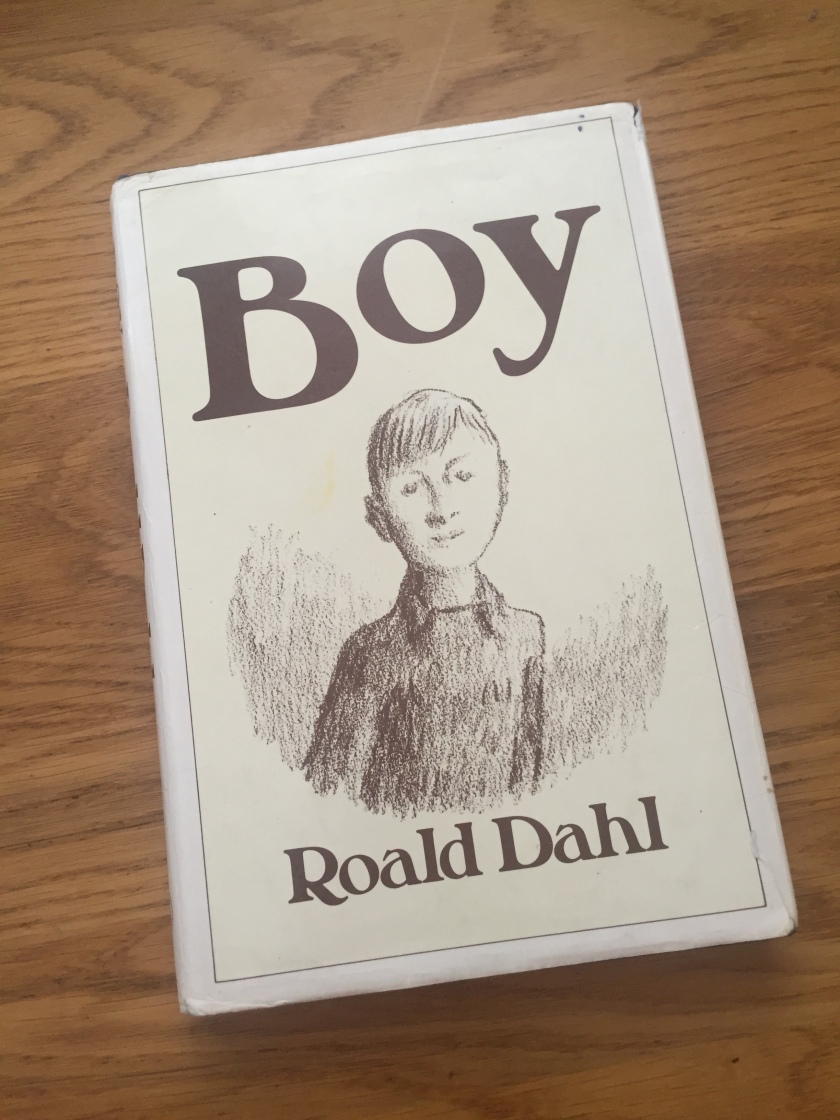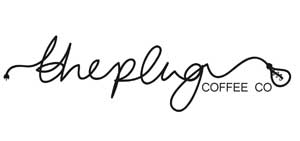
Once upon a time, many years ago I learnt to read. It was, on reflection, one of the best things I ever did. I love books, but I openly confess I am far from the world’s best reader.


Despite owning hundreds of books, I often find my time reading for pleasure is limited to holidays and breaks away.
For forty years I helped and encouraged hundreds of children to discover the joy of reading, with some I succeeded, with others…well, I am not too sure. All I hope is that they all knew that I loved reading.
I had the idea of ‘My Life in Five Books’ from a series on Cardiff TV (Sky 137) which runs a series called ‘My Life in Five Pictures’, in which celebrities are asked to show five pictures which sum up their lives. It’s a great watch! So, I thought of the idea of this. Later I came across a series called My Life in Books It thought it only ran for a few programmes, but Google just told me there were two series of ten episodes! Who knew?
Before I start, here’s a list of some of those I considered carefully but decided did not reach top five status. For some it was a close thing….
- Danny, The Champion of the World by Roald Dahl.
- Poems that make Grown Men Cry edited by Anthony and Ben Holden
- Jude the Obscure by Thomas Hardy
- The Journals of Jim Elliot by Elisabeth Elliot
- Narziss and Goldmund by Herman Hesse
- A Year in Provence by Peter Mayle
- The Barry Scrapyard by Allen Warren
- Boy by David Wagner
- The Vicar of Nibbleswick by Roald Dahl
- Heard in the Playground by Alan Ahlberg
- The Johnny Morris Storybook – a BBC publication
- The Woolpack by Cynthia Harnett
…and really a host of others, too numerous to mention and I guess if I sat down and complied the list again in a month or two, some of these would be included!
So here we go… My Life in Five Books.
Counting down.
Number 5.
Emil and The Detectives by Erich Kästner

This was the first book I ever remember reading right through. I must have been about eight or nine. It’s the most wonderful story and one which I read many times to the children in my various classes. There are updated versions around, but the original seems to hold some kind of magic that newer versions seem to lack. This version has the selling price when new of 20p. My previous edition which fell apart was priced at one shilling (1/-)

It’s about a young boy called Emil.
Emil Tischbein is a boy who lives in a small town and he who has to take some money by train to his grandmother, who lives in the big city, Berlin. They are quite poor. He is being brought up by a single mother, his dad has died. She has to work as a decidedly un-posh hairdresser with her front room used as her salon. Emil is anxious about the money in his pocket on the train, so much so that he pins the money to the inside pocket of his jacket.
He’s also anxious about a crime he’s committed. When he was out one day with his friends, he drew a moustache on the face of the town statue of the Grand Duke Charles.
On the way to Berlin, Emil sits in a carriage with an odd-looking man, Herr Grundeis, and though he tries to avoid it happening, Emil falls asleep. When he wakes up, his money has gone and so has Herr Grundeis.
In the rest of the story, we live with Emil’s swirling emotions, his meetings with a group of boys in Berlin, who, together with Emil set out on the trail of of Grundeis. The reason why Emil doesn’t involve the police is because he fears exposure as the criminal who daubed the Grand Duke’s statue. Emil and the boys end up catching the man who they knew had done it, and then in a great way prove his guilt to unbelieving adults after the capture. (It’s the pin holes in the notes….)
It was an instant hit when it was published in 1928, and three years later it was adapted into a film, which itself was innovative in the realistic acting of child actors and the use of “synch” sound on location on the streets of Berlin. The book has been translated and adapted thousands of times.
It is, of course, a pre-Nazi book, and the Nazis didn’t quite know what to do with the book, or Kästner. They burned some of his books, yet he stayed in Germany throughout the Third Reich. They didn’t ban Emil – but they competed with it by publishing a story of a martyred hero of the Hitler Youth.
Between the writing of Emil and the Detectives and me reading it, lay the disaster that Kästner feared, The Second World War. No one knew at the time that the boy actors of the German and British versions of the films ended up in armed forces fighting each other.
Number 4.
Singing Away the Hunger by Mpho ‘M’atsepo Nthunya


This is a truly incredible book with a wonderfully touching story behind it. I came across the book while Googling stuff about the country of Lesotho. A friend of mine moved there in 1990 and I visited in 2000. I then became involved in school twinning, as Wales and Lesotho are twinned counties – incidentally the world’s first twinned counties. I made numerous other visits to The Mountain Kingdom and I later became involved with an organisation called Dolen Cymru which encouraged linking activities. I was chair of the Education Committee and helped many teachers set up school links.
I bought the book from Amazon and it blew me away.
Nthunya, a Lesotho elder and matriarch, spent three decades as a domestic worker supporting eleven people on her income. At the University of Natal, she met and befriended Kathryn Kendall, an American writer. They became friends and the two collaborated to record Nthunya’s life story.
Nthunya was born in 1930. Impoverished as a child, she often lacked clothing, shoes, and food, occasionally having to eat grass. She was able to freely attend Catholic grade school in South Africa, ultimately learning to read and speak eight languages. She modelled her life and faith on that of her Roman Catholic mother, but also maintained traditional beliefs in magic, witch doctors and illness-causing spells. As an adult, Nthunya dealt with the death of her husband, and the murders of father, brother, and children. Despite these hardships, Nthunya maintained a “love of natural beauty, as well as her sense of humour, hope, and dreams.”
In loosely connected episodes, including stories passed to her from her mother, Nthunya describes the difficult life facing many Basotho women, who must deal with a choice between the dangers, hardships, and degrading working conditions of city life as an indigenous African under apartheid and the challenges of traditional rural life. In the Basotho community, women often face child mortality, forced marriage and domestic abuse. Illness and starvation are constant threats, and these are compounded by what Nthunya describes as the destructive force of jealousy in impoverished communities. Despite this, Nthunya chose in 1949 to move her family away from city life under apartheid to her rural homeland, so that they could learn the traditions of their people. The cultural conflict between city and rural life, and between Western and traditional culture, are a major theme of the book.
She was cheated, robbed and many times bereaved, but she never lost her courage her resilience and her spirit of independence.
Customs and rituals are a constant guiding force in Basotho life. The Basotho society is a patriarchal one: marriages were arranged without concern for women’s preferences, and women are responsible for childcare and management of the household but may receive little financial support. They live under the control of their husbands or male relatives, including their children. Women who are unable to bear children are stigmatised. With no power over men, women in Basotho society often oppress and victimize their sisters. However, Nthunya cherished the female friendships she had in Basotho society.
I was so taken with how the story came to be written and the wonderful insight into life of the country I loved, that I made efforts to contact Limakatso Kendall, the lady who recognised Nthunya’s natural ability as a story teller and persuaded her to tell stories about her life.
It wasn’t a difficult task and I made contact via the Publishers and since then Limakatso and I have become firm Facebook friends. Such is the power and GOOD use of Facebook. We were strangers but are now friends who have never met each other but share family news and a love of all things Lesotho. I will be forever grateful to her for getting this wonderful ‘history’ book written.
Singing Away the Hunger is a simple book but a great one. It forces us to question our own values and those of society. Through the voice of one poor African woman, it reaches out to people of all races, classes and background; to the educated and to people like Mpho herself. She has much to teach us all.
During my trips to Lesotho I longed to be able to meet her and I so regret I never made more of an effort to make it happen.
Sadly, Mpho passed away recently but the legacy she has left is incredible.
Number 3.
Seasons of Life by Charles Swindoll

I simply had to include something by Charles Swindoll. I have two shelves full of only his books!
Chuck is an American pastor and writer, who I discovered in the pre-digital age. His teaching programmes are now widely available on Sky and TuneIn, but when I started listening he was only available on Trans World Radio on a short-wave radio, beamed from Monte Carlo. In those days the signal would be very intermittent and if you got 20 minutes out of the thirty, it was a good day and obviously the wind was blowing in your favour. A better place to pick it up was in France, so holidays were spent getting up early and rotating the transistor radio through 360 degrees till we heard the theme tune, then we didn’t breathe for half an hour! Happy Times!
This book is well worn and contains 144 daily readings covering the four seasons of the year, challenging and encouraging you to discover what’s truly important in life. The book encourages you to take time to deepen your roots in the soil of God’s love and grace through every season of the year and indeed of life!
My favourite reading is entitled ‘Building Memories’ and tells a great story about a dad who told his family he was too busy to join them on their holiday, blaming an excessive workload. However, he helped them plan the trip carefully, knowing where they would be each day. What he didn’t tell them was that he was secretly planning to join them and one day, a little into the holiday, there he was standing on the road hitch hiking as his family drove past. Apparently, his family shouted…’Hey look at that chap there he looks just like…. DAD!!!!’
When questioned the creative father said that one day he was going to be dead and when that happened he wanted his wife and kids to remember a dad who was full of fun and surprises.
Chuck says,
“The beautiful music of living is composed, practised and perfected in the harmony of home. The freedom to laugh long and loud, the encouragement to participate in creative activities, the spontaneity of relaxed relationships that plant memories and deepen our roots in the rich, rare soil of authentic happiness”.
I hope my kids can remember me in a way something like this!
Number 2.
Boy by Roald Dahl


My favourite children’s book without doubt. I’m not so sure it’s only a children’s book, as anybody of any age will enjoy reading this. I have spent countless hours reading this book to different generations of children.
It is quite simply superb!
This is how Wikipedia sums up the book:
Boy: Tales of Childhood (1984) is an autobiographical book by British writer Roald Dahl. It describes his life from birth until leaving school, focusing on living conditions in Britain in the 1920s and 1930s, the public school system at the time, and how his childhood experiences led him to writing as a career. It ends with his first job, working the Shell Company.
Dahl himself introduces the book by saying;
‘An autobiography is a book a person writes about his own life and is usually full of all sorts of boring details. This is not an autobiography. I would never write a history of myself. On the other hand, throughout my young days at school and just afterwards a number of things happened to me that I have never forgotten. Some are funny, some are painful. Some are unpleasant. I suppose that is why I have always remembered them so vividly.
All are true!’
I apologise profusely to all the wonderful children I taught before 1984, when the book was published. I wish I could turn back time and sit and read the book to you. Sadly, that is not possible. Here’s just a few of the main events in the book
Family tragedy
When Roald was three years old, his seven-year-old sister Astri died of an infection from a burst appendix. Only weeks later, Roald’s father died of pneumonia. Roald Dahl suggests his father died of grief from the loss of his daughter. Roald’s mother was forced to choose between moving the family to Norway with her relatives or relocating to a smaller house in Wales to continue the children’s education in the United Kingdom, which is what her husband wanted.
Primary school
Roald started at the Elm Tree House Primary School in Cardiff when he was 6 years old. He was there for a year but has few memories of his time there because it was so long ago.
Sweets
Roald writes about different confectionery, his love of sweets, his fascination with the local sweet shop and in particular about the free samples of Cadbury chocolate bars given to him and his schoolmates for when he was a student at Repton School.Young Dahl dreamt of working as an inventor for Cadbury, an idea he has said later inspired Charlie and The Chocolate Factory. Some of the sweets sold at Mrs Pratchett’s sweet shop were Sherbet fountains, pear drops and liquorice boot laces.
Great mouse plot of 1924
This is my favourite bit…. Mrs Pratchet has become a dear friend of mine! From the age of eight, Dahl attended Llandaff Cathedral School in Cardiff. He and his friends had a grudge against the local sweet-shop owner, Mrs Pratchett, a sour, elderly widow who gave no thought to hygiene. They played a prank on her by placing a dead mouse in a gobstopper jar while his friend Thwaites distracted her by buying sweets. They were caned by the headmaster as a punishment.
Mrs Pratchett, who attended the canings, was not satisfied after the first stroke was delivered and insisted the headmaster should cane much harder which he did: six of the hardest strokes he could muster, while Mrs Pratchet beamed with great delight as each boy suffered their punishment.
St Peter’s School, Weston-super-Mare.
Roald attended St Peter’s School, a boarding school in Weston Super Mare from 1925, when he was nine, to 1929. He describes having received six strokes of the cane after being accused of cheating at his classwork. In the essay about the life of a penny, he claims that he still has the essay and that he had been doing well until the nib of his pen broke – fountain pens were not accepted. He had to ask his classmate for another one, when Captain Hardcastle heard him and accused him of cheating. Many of the events he describes involved the matron. She once sprinkled soap shavings into Tweedie’s mouth to stop his snoring. She also sent a six-year-old boy, who allegedly had thrown a sponge across the dormitory, to the headmaster. Still in his pyjamas and dressing gown, the little boy then received six strokes of the cane. Wragg, a boy in Roald’s dormitory, sprinkled sugar over the corridor floor so they could hear that the matron was coming when she walked upon it. When the boy’s friends refused to turn him in, the whole school was punished by the headmaster who confiscated the keys to their tuck boxes containing food parcels which the pupils had received from their families. At the end he returns home to his family for Christmas. The descriptions of the matron’s bosom are legendary!
Repton and Shell Oil Company
After St Peter’s, Roald’s mother entered him for either Marlborough or Repton, but he chose Repton because it was easier to pronounce. It is soon revealed Marlborough might have been a better choice: life at Repton was a living Hell. The prefects, named Boazers as was the school tradition, were utmost sadists and patrolled the school like secret police. The headmaster, Dahl describes an occasion when his friend received several brutal strokes of the cane from the headmaster as punishment for misbehaviour. Despite this infernal school, Dahl did make friends with the Maths professor and a boy named Michael. Even one of the Boazers, Williamson, took a liking to Dahl, despite this being punishment for Dahl’s tardiness, Williamson was impressed by how Dahl warmed his lavatory seat that he hired him as his personal ‘bog seat warmer’. Dahl also excelled in sports and photography, something he says impressed various masters at the school.
Wonderful, wonderful wonderful!
Number 1
The Bible

By far and away my favourite book and the one that has had the most profound effect on my life is The Bible.
I’m going to leave it to The Gideons to give a summary of what this amazing book is all about. They are far more eloquent than I will ever be.
The Bible is a book all about God’s relationship with us. It offers us an opportunity to meet with Him and get the direction we need to live life to the full. The Bible has provided hope and inspiration for generations and continues to be a worldwide best seller, with sales outstripping any other book ever published.
The Bible is actually a collection of 66 different books and letters, written over a period of some 1,500 years up to about 100 years after Christ’s death and resurrection. It is divided into the Old Testament (the first 39 books) and the New Testament (the last 27 books). The word testament means covenant or agreement, so the Bible shows how God’s old agreement, based on the ‘covenant of law,’ is superseded by is new ‘covenant of grace’ – as shown in The New Testament.
The first 39 books of the Bible tell the story of God’s creation, man’s rebellion and prophesy the coming of Christ. The beauty of creation that we read about in the first few chapters of Genesis, the first book in The Old Testament, is an expression of God’s love for us. This is closely followed by the account of mankind’s disobedience and the consequences of it.
There are numerous historical texts and considerable archaeological evidence to corroborate the stories of natural disaster, warfare and empire that we read in The Old Testament, but it’s not merely a historical account. The Old Testament has a lot to teach us about the struggle of human nature. This ongoing tension between man and God is written about beautifully in the books of poetry and wisdom, such as Proverbs and Song of Solomon. Here, we get an insight into the pain, anger and struggle of life, along with the joy, love and passion.
Whilst the Old Testament is largely concerned with life before Christ, there are also 17 books of prophecy, from Isaiah to Malachi, that look forward to the future. These books speak of God’s judgement on his people, but they also foretell the coming of Christ and offer a glimpse of a new covenant with God.
The second section of the Bible starts with the four Gospels and the book of Acts, where we learn about the birth, life, death and resurrection of Jesus Christ. The New Testament is the foundation of the Christian faith because it’s here that we see the prophecy of The Old Testament fulfilled.
God sent Jesus, his own son, to pay for our sins, so that we can have eternal life. It’s the ultimate love story, where we get the most wonderful insight into God’s character and His incredible gift of grace. Just as stories from The Old Testament have been corroborated by historians and archaeological evidence, so too are the stories of Jesus and his friends.
Following the Gospels are 21 letters, from Romans to Jude, written from followers of Jesus in the years after his death. They tell of the everyday struggles of Christians and the growth of the early church. In the accounts we see early Christians challenging tradition, enduring persecution and encouraging one another practically and spiritually as they seek to live like Jesus.
The Bible ends with the book of Revelation, which describes the future of God’s people in heaven and the final defeat of evil. It offers a glimpse of eternal life and reinforces the warnings about the consequences of rejecting God’s light and love.
The Bible was written by lots of different people, from different walks of life, who lived in different places and eras. They are biographers, historians, philosophers and writers of theology, poetry, adventure, travel and romance who were all inspired by God.
What’s incredible is that, while most of the authors had no contact with each other, as you read through the 66 books, the similar themes and unity becomes apparent. The Bible is one whole book and no part is complete on its own. It’s a story of God’s love for us, our rebellion and God’s infinite grace to win us back.
The Bible is often referred to by Christians as the manual for life. In Jesus, we have the perfect role model to follow. He offered an alternative way of life, where the poorest were the most important, it was more important to put others before yourself and hope lay not in money and status, but in God.
The Bible also shows us characters who, like us, are deeply flawed. There are plenty of heroes in the Bible that God uses for His glory, in spite of their weaknesses. In this sense, it’s the most remarkable story of hope. The Bible has consistently challenged and transformed the lives of its readers, offering guidance through even the darkest of circumstances. It’s a book for all people, for all time.
The Bible, or parts of it, has now been translated into more than 2,300 languages and dialects. There are even recent translations and paraphrases to help current generations access its wisdom in language that’s relevant and applicable today.
You don’t need to be a historian, an academic or even a Christian to read the Bible. It was written by ordinary people for ordinary people and has the power to inform, reform and transform lives.
Whatever situation or circumstances you’re in, chances are you’ll read about it in the Bible. It’s brutally honest in places, offering an incredible insight into the way that God can work with us, through us and in us. But the Bible’s overarching message is one of hope – that through Jesus Christ we have the promise of eternal life. It’s a promise that has given countless people new strength and an unerring purpose for life. Credit: The Gideons
I am currently trying to read all 66 books of the Bible over the course of a year. I started in January and hope to complete it before the end of 2018. This version is interesting as it takes you through the Bible chronologically…

I have preached hundreds of sermons from all parts of the Bible. I trust I have helped some people along the way. I’ve preached at the celebration of the gift of a child, at weddings and at funerals. I believe the Bible has something relevant to say about every part of our lives.
I have Bibles in the languages of most of the countries I have visited.

One Bible in particular I treasure. Years ago, I saved up and bought a loose-leaf Bible, one to which you could add notes and sermons. I loved it. Not long after, my old friend Mick Hunt came to visit and loved it, so I gave it to him. I was just a bit gutted, but I knew I had done the right thing. Years later, just before he died, he gave it back, old, battered and obviously well used…but also full of Mick’s sermons. What a treasure!

Mick Hunt’s Bible…

Which part of The Bible do I like best? Well, every part of it is important – but a few passages stand out for me.
Romans 12:9-21
Love must be sincere. Hate what is evil; cling to what is good. Be devoted to one another in love. Honour one another above yourselves. Never be lacking in zeal, but keep your spiritual fervour, serving the Lord. Be joyful in hope, patient in affliction, faithful in prayer. Share with the Lord’s people who are in need. Practise hospitality. Bless those who persecute you; bless and do not curse. Rejoice with those who rejoice; mourn with those who mourn. Live in harmony with one another. Do not be proud, but be willing to associate with people of low position. Do not be conceited.Do not repay anyone evil for evil. Be careful to do what is right in the eyes of everyone. If it is possible, as far as it depends on you, live at peace with everyone. Do not take revenge, my dear friends, but leave room for God’s wrath, for it is written: “It is mine to avenge; I will repay,”says the Lord.
“On the contrary: If your enemy is hungry, feed him;if he is thirsty, give him something to drink.Do not be overcome by evil but overcome evil with good”.
Colossians 3:12-17
Therefore, as God’s chosen people, holy and dearly loved, clothe yourselves with compassion, kindness, humility, gentleness and patience. Bear with each other and forgive one another if any of you has a grievance against someone. Forgive as the Lord forgave you. And over all these virtues put on love, which binds them all together in perfect unity. Let the peace of Christ rule in your hearts, since as members of one body you were called to peace. And be thankful. Let the message of Christ dwell among you richly as you teach and admonish one another with all wisdom through psalms, hymns, and songs from the Spirit, singing to God with gratitude in your hearts. And whatever you do, whether in word or deed, do it all in the name of the Lord Jesus, giving thanks to God the Father through him.
I can’t help thinking if the world lived according to these guidelines it would be a very much better place in which to live.
















